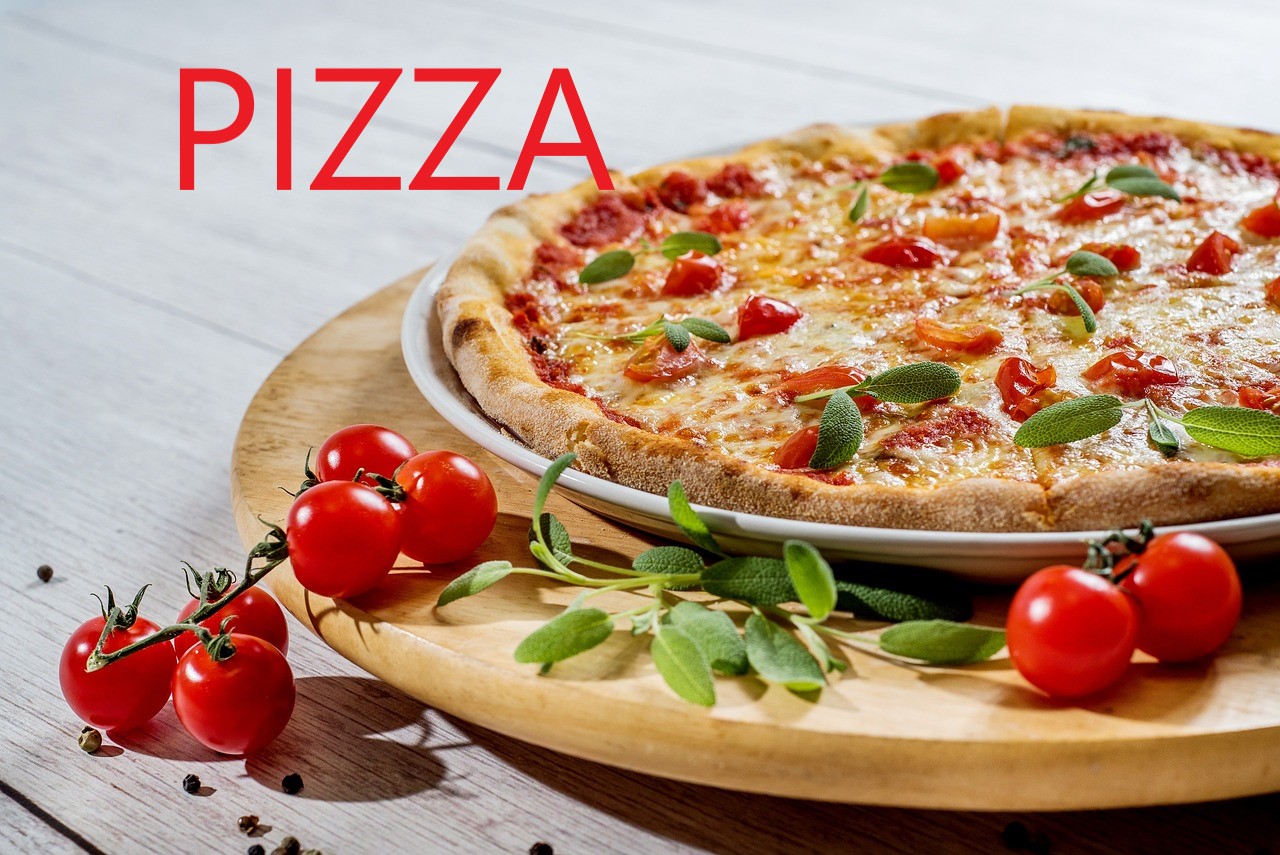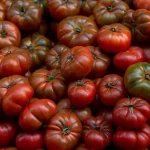One of the reasons is because it is like a blank canvas on which we can paint our favorite ingredients.
The round shape of the pizza was perhaps already a premonition: it is the recipe that has made the most tomb around the world. “And if it’s not the whole world, almost”, says the American writer Nathan Myhrvold, author of three extensive volumes dedicated to pizza, Modernist pizza (Phaidon), which can currently be considered the bible of this food that was born in Naples. At that time it was not even considered important, and it was so for a long time, because it was considered a food for the poor. What is the key to your success? What is it about pizza that we like so much, here and around the world?
If pizza has gone around the world it is for many reasons. One of them is the ease of preparing the dough wherever you are. Waves of Italian immigration easily found flour, water and salt for grazing when they left their homeland. They prepared it wherever they went, and this also favored the transformative power of the recipe and “to become a local food”, says Myhrvold, who compares pizza to “a blank canvas that allows creativity to develop culinary”. So, we might like pizza because it’s easy to prepare and because we can put the ingredients we like the most.
Why is pizza so loved in Argentina?
Between the 19th and 20th centuries, Italian immigrants also arrived in Argentina, in addition to the United States. It was in Buenos Aires, specifically, where the recipe became more popular, and where today it has become a symbol of gastronomy, to the point where the inhabitants consider it as part of their identity, as he explains in the book Modernist pizza writer Nathan Myhrvold.
But there could be more reasons. A study done in France, which the journalist Elena Sanz disclosed in the book La ciencia del chup-chup (Critic), assured that the smell of bread “activates our brain reward system, and makes us feel better”. So much so that research linked the human predisposition to help other people just by smelling it. To reach this conclusion, the research analyzed the actions that happened in front of the door of a bread oven. Linking the same conclusions as bread, an ancestral food, with pizza can be considered bold, but they can be taken into consideration because pizza is made with the same ingredients as bread. In fact, writer Nathan Myhrvold defines pizza exactly as a flatbread, leavened, with toppings like tomato, cheese, both, or none, eaten warm. “With this broad definition, we could go back to ancient history, when the writer Virgil, in the book the Aeneid , from the 1st century BC, describes during the mythical foundation of Rome, “wheat loaves on which they placed ingredients”. So bread and pizza could cause similar reactions in humans.
Finally, when the American Nathan Myhrvold visited Barcelona he also remembered that the latest inventions (applauded or not) with pizza must be located in Canada, where the first pizza with pineapple was born. It was all very accidental, he explains, but tropical pizza is now part of the menus of many pizzerias. And right here is one of the factors that explain the reason for the success: everything can connect, everything can go well, because, after all, a pizza is the best blank canvas from which to paint the best dish
It’s not all pizzas
Every culture in the world has a foundation of wheat-based recipes, but Modernist Pizza co-author (Phaidon) argues that it’s not all pizza. In Turkey, there is pide , Bafra style. In Armenia and Syria, the lahmacun . In Alsace, the flammkuchen . In other regions of Germany, zwiebelkuchen . And in Georgia, khachapuri . “All these preparations fit the definition of flatbread with ingredients, but they are not pizzas,”
Perhaps that is why the Neapolitans have put a thread on the needle and wanted to legislate on what is and what is not a Neapolitan pizza. It will only be if it is round, has an elastic center and sides with volume. If not, it’s not Neapolitan pizza, and the brand or restaurant that makes it under that name may receive a financial penalty. The regulations, which entered into force on December 18, make the Italian preparation part of the European register of traditional specialties guaranteed (ETG). It also specifies that the Neapolitan pizza ferments for a minimum of two hours, is made by hand, and is cooked in a wood-fired oven at 250°C. And yet another key point: the ingredients with which it is made, which must be Italian.



